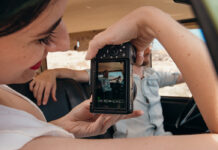
As video technology has improved and prices have steadily decreased (particularly in the mirrorless segment) the bar to entry for filmmaking has never been lower. However, if your goal is to create high quality video, then it’s vitally important that you capture high quality audio too, because nothing undermines a video like poor audio. And today we are looking at two video microphones from Deity that can help you push your audio to the next level.
Before I get into the specifics of each of the two mics we’re going to look at I want to say a few words about the quality of these microphones. They are very well-built with aluminium alloy bodies that should prove exceptionally durable. And although the feature set is limited (as is usual for mics) a lot of attention has been paid to creating the best possible user experience. I have to say I also really like the branding of the Deity mics. The yellow accent is a really nice touch that helps these mics to stand out. Of course performance is our main concern, the fact that the branding is on point just gives us a visual clue that a lot of effort has been made to make this a top quality product. Which is not to say that all good looking products perform well, and in fact I reviewed a cool looking action camera recently that didn’t actually perform that well.
Deity decided to work with Rycote to create custom shock supports, which are vital for camera-mounted mics and prevent unwanted sounds from transferring from camera to mic. Rycote are pretty much the industry standard when it comes to shock mounts, so this was a great way for Deity to benefit from Rycote’s reputation.
V-Mic D4 DUO review
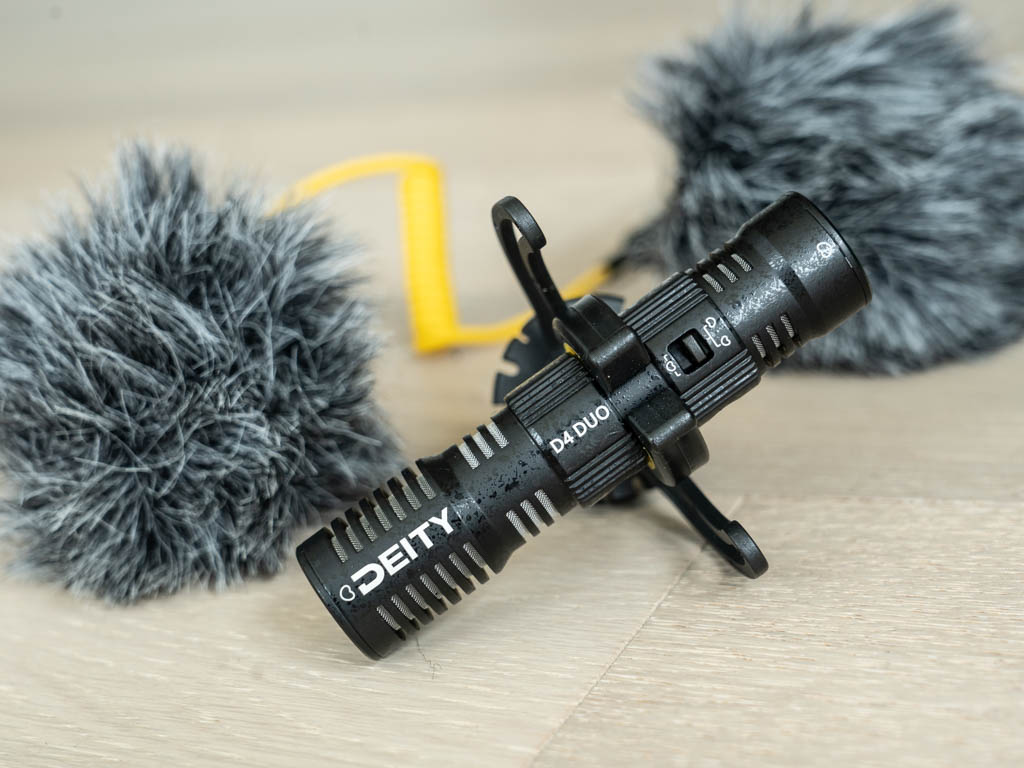
OK now let’s take a closer look at each of the mics individually. First we’re going to look at the V-Mic D4 DUO, which is touted as ‘the worlds first dual directional video mic’. As you might be able to guess, this means that the microphone records not just what’s in front of it but also wants behind it. There are actually two recording modes so you have the option to record in just the forward direction if you choose to, as well as forward and back. The D4 DUO requires no batteries and draws power directly from your camera which is really handy. Anytime I can be relieved of battery worries that’s a major plus in my book. I was happy to see that the D4 DUO comes with two furry windscreens which are useful for outdoor shooting. Microphones tend to be very sensitive to wind and even the smallest breeze can distort your audio. Furry windscreens (often referred to as ‘dead cats’) are the single best way to combat wind noise.
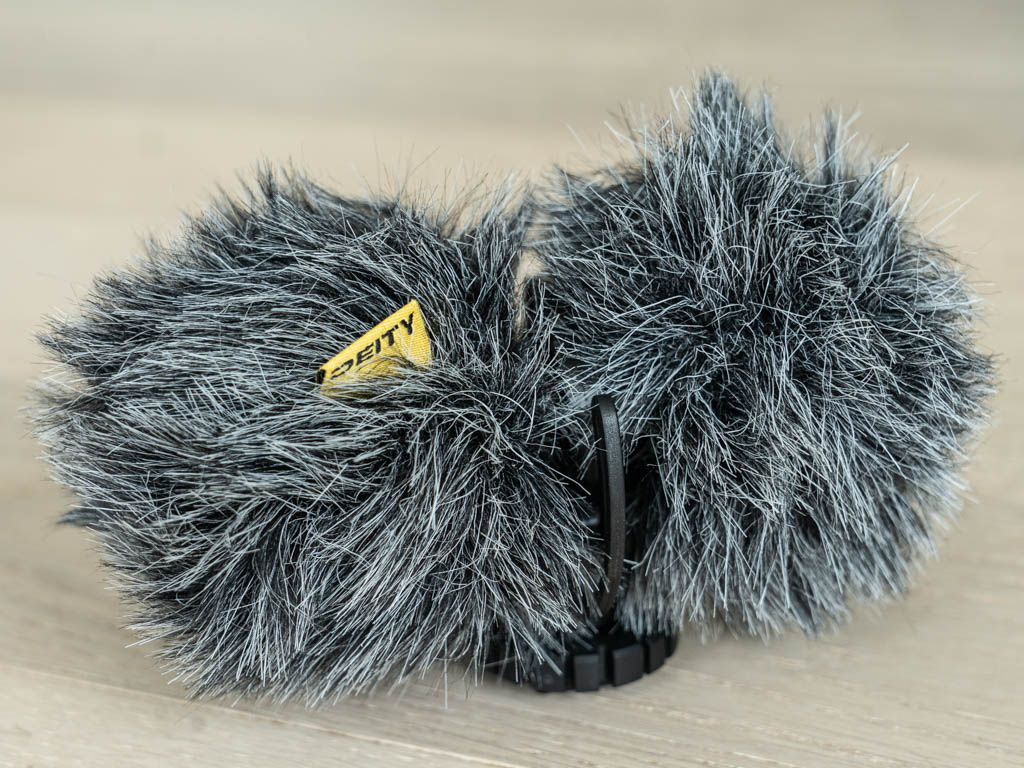
Another cool feature of the D4 duo is the additional 3.5mm input which allows you to bypass audio from the rear channel if you want to add for example, a lav mic.
Discussing audio quality
Audio is a bit of a tricky thing to discuss sometimes because it is kind of a world of its own, totally unlike the video world. It has its own set of concepts and terminology that can be tricky to wrap your head around. So judging audio quality isn’t nearly as straightforward as judging, say, image quality so bear with me as I try to give an objective and useful description of what I was able to get from the Deity mics. I took them on a hike with my family through the woods and down to the ocean, and I used the D4 DUO to capture sound as we walked. I have to say I was very happy with the audio I was able to capture. It was clear and pretty well-balanced, meaning that there was adequate high frequency and low frequency reproduction but I would say I felt the low end or bass sounds were a bit thin. I did notice some crackling in my left headphone when I was playing back the video I shot and this is something I would definitely investigate further if I were to use the D4 DUO or more. I should also offer a further qualifier here—audio quality depends not just on the mic but also the device you are recording to. In this instance I was going straight to the camera, but I could have recorded the audio to a separate audio device like the Zoom H1n.
All in all I would have to say that the D4 DUO is a fantastic microphone for the price and I think a lot of vloggers or budget documentary film shooters would be able to get great value out of this mic.
V-Mic D3 review
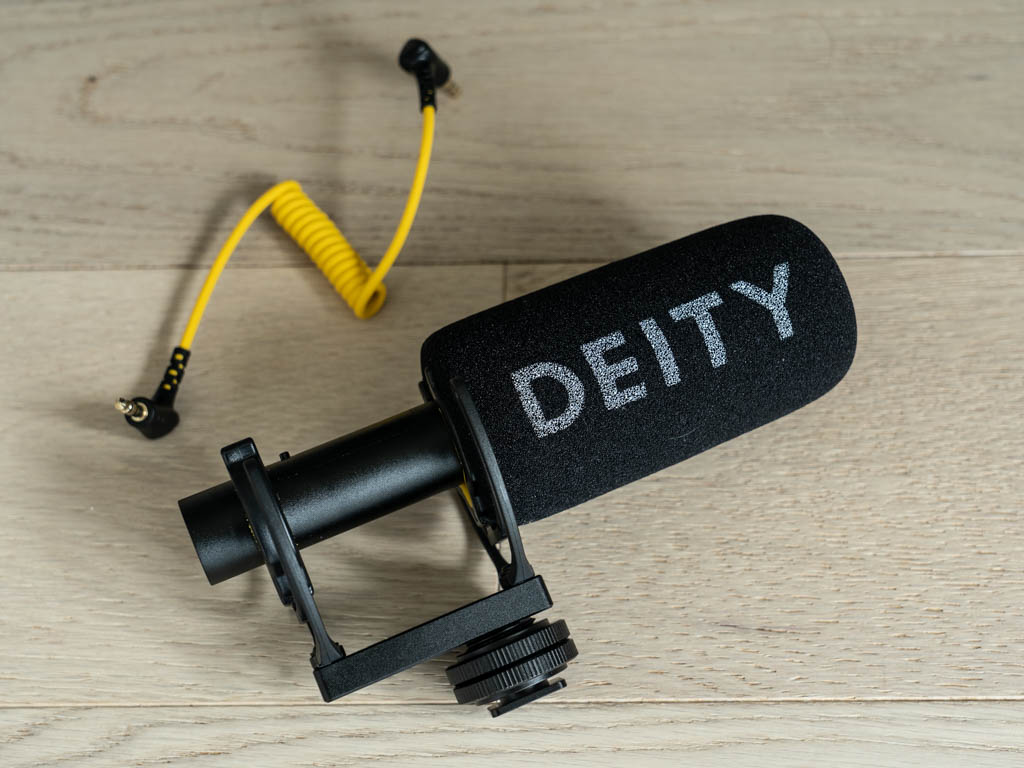
Our second microphone is the V-Mic D3 which is what you might describe as a more straightforward video mic. There are not a lot of bells and whistles here just a solid well-designed mic. It takes a single AAA battery which I am very grateful to Deity for including a battery in the box, which meant I didn’t have to go searching around for one. The V-Mic D3 comes with a foam windscreen which is not quite as effective as a furry windscreen, which is some thing you might want to add if you plan to shoot outdoors. I used the D3 to capture audio of my wife and kids reading a poem, and I positioned them directly in front of the camera as this is the place where you get the best audio from a directional video mic. Again, I was happy with the results, although I wanted to post process to bring up the bass. Video voice overs usually have a warm rich feeling to them, some thing I’ve heard referred to as ‘podcast voice’ recently—that quality you notice when you listen to a well produced podcast. Which is not to say that you cannot get that quality with the D3, because I noticed that the sound of my voice behind the camera had a lot more bass to it, probably because in reality my voice has a lot of bass to it.
There are a couple of interesting features I wanted to point out on the V-Mic D3. First it has a really nice power button at the back of the unit, which you can see in the photo below. It also has an adjustable hot shoe mount which means you can move the mic forward or back when it’s on your camera. I can imagine this coming in very handy in a number of situations.
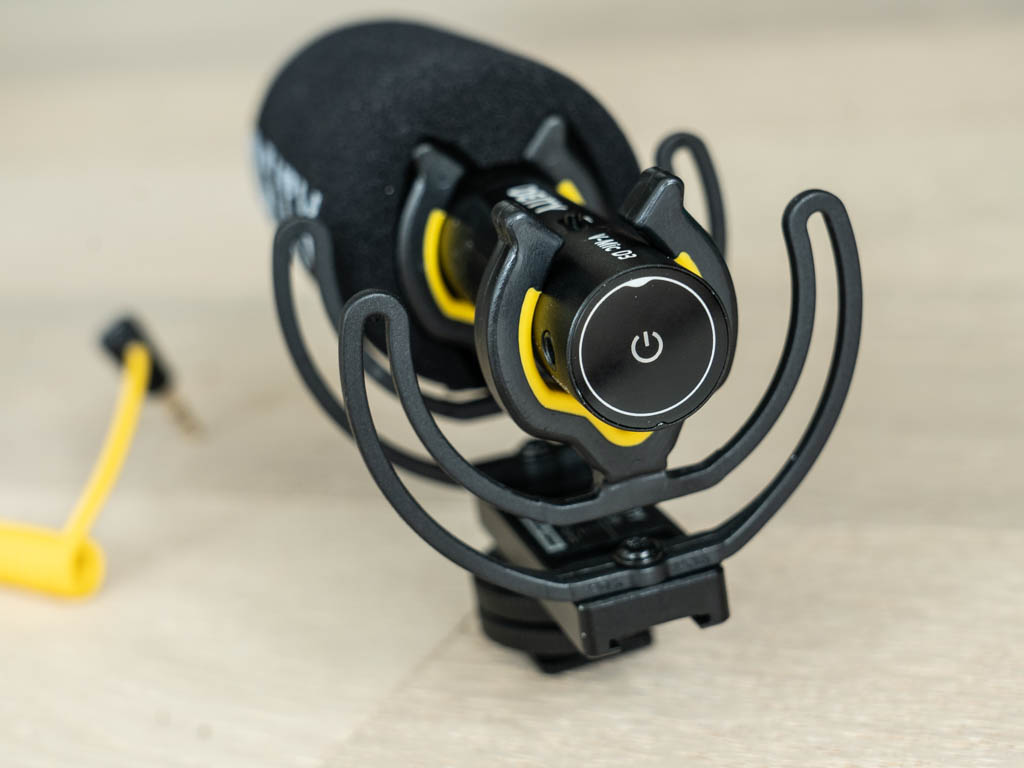
Conclusion
Deity has produced a couple of really well-designed, durable video mics that offer very good audio quality at an affordable price. Both the V-Mic D4 DUO and the V-Mic D3 are good options if you’re a filmmaker or vlogger on a budget, or if you’re a pro and want to have backup options for your expensive mics.
Be sure to check out all the video mic options available at BestBuy.ca

